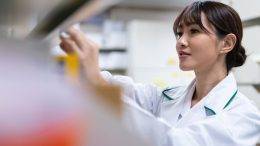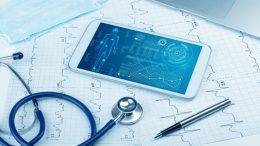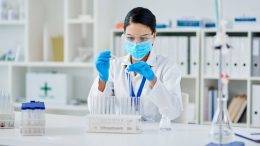Drug Safety & Pharmacovigilance prominence in the coming years
It is impossible to overstate the importance of Pharmacovigilance, but do you know what it entails? Sollers college can help you shape your career in drug safety & pharmacovigilance by explaining what it is, why it matters, and how it works.
Let’s have a look at it.
In pharmaceutical production, Pharmacovigilance is the beating heart, and it is not possible to assess the effectiveness of drugs and about their side effects without it. Known as PV, Pharmacovigilance is intended to protect patients and enable professionals to share knowledge to minimize adverse events.
Monitoring safety after approval is crucial. Assessing the actual risk-benefit profile of the medicine during its entire life cycle and taking the necessary precautions to minimize the risks enables effective long-term monitoring to ensure the safety of drugs.
In addition to analyzing individual case safety reports and aggregate reports, risk management involves mining pharmacovigilance safety databases, detecting signals, and implementing risk management programs.
Trends expected to be seen this year and how they will impact life sciences careers:
– High Industry growth
Due to the pandemic’s surge in demand for talent, there is fiercer competition than ever before. A skills gap between supply and demand poses challenges for employers. Candidates with experience in the healthcare, biotech, and pharmaceutical industries will be in high order. Life sciences companies would have a longer recruitment process to fill jobs, especially in niche fields.
Every year, life sciences companies face new challenges and opportunities, but 2022 will be the year when it is in the spotlight more than ever. As per the US Bureau of Labor Statistics, occupations across life, physical and social sciences are expected to grow seven percent by 2028. It is expected to be faster than the average for all other occupations. There will be about 97400 new jobs within the next decade.
– Demand for Technological expertise is on the increase
As technology and life sciences converge, the need for professionals with the skills to deliver technology-enabled solutions has grown. Companies will remain at the forefront of a rapidly evolving industry in 2022 and beyond with biotech, data analysis, and digital product management roles.
With the rapid advancements and inventions in pharma worldwide, unpredictable harm is possible.
Toxicology and adverse effects of medicines must be continuously monitored worldwide. It is important to report, analyze, and act on such issues. Due to the high demand for improvised drugs, many unauthorized companies enter the market without following the specified standards. Improperly manufactured drugs can have adverse health effects. Medicine quality must be continuously monitored. Thus, Pharmacovigilance plays a vital role in meeting the challenges of regulating & monitoring drug safety.
To ensure global health, Pharmacovigilance must ensure that risks are anticipated and managed, regulations are implemented correctly, and communication between health professionals and the public is improved.
With the increasing drug consumption, the need for regular monitoring of drugs has also improved, gradually boosting Drug Safety and Pharmacovigilance demands. Sollers College is providing various certificate programs in Advanced Drug Safety and Pharmacovigilance to make a significant impact in the life sciences sector.
Contact the admissions team at [email protected] or call at 848-227-4151 to know more about the programs.



